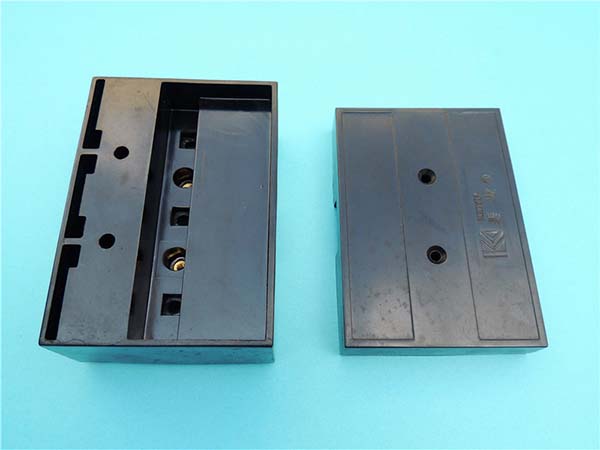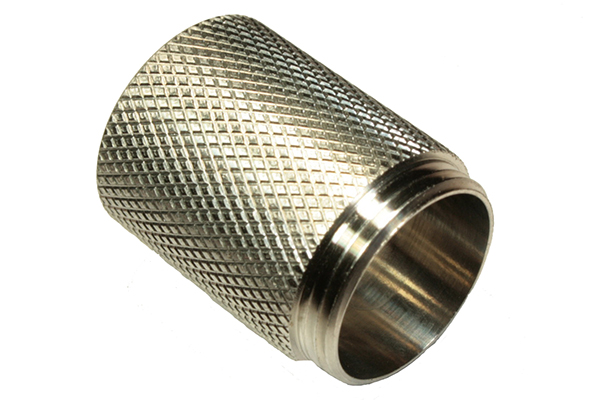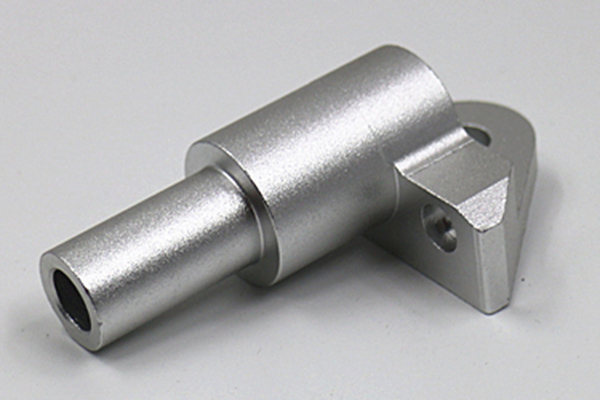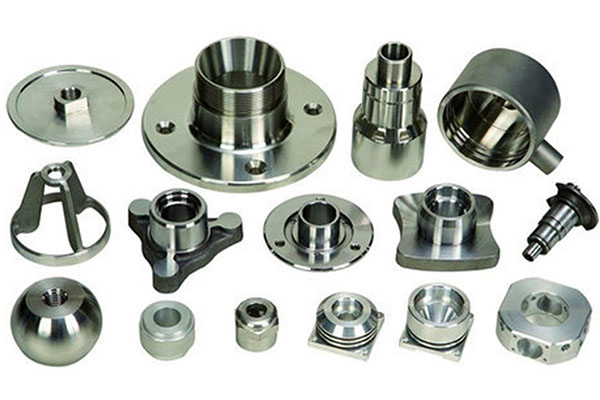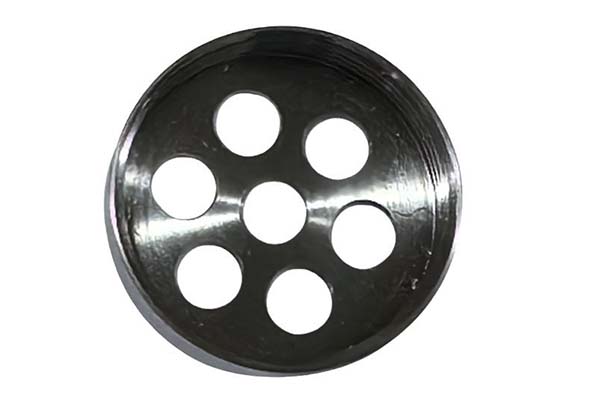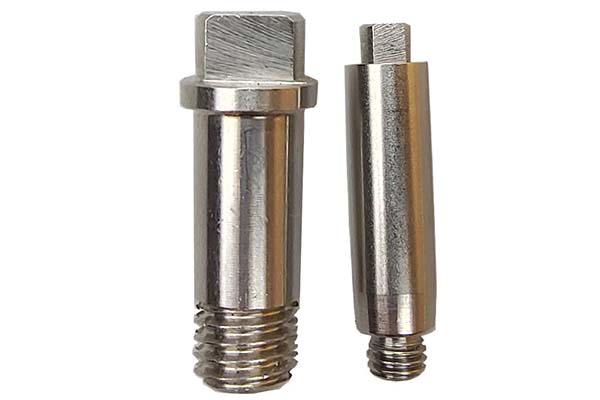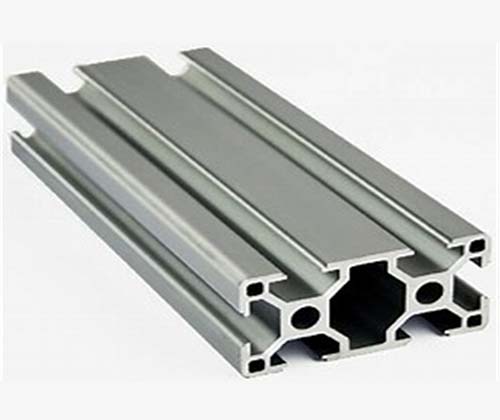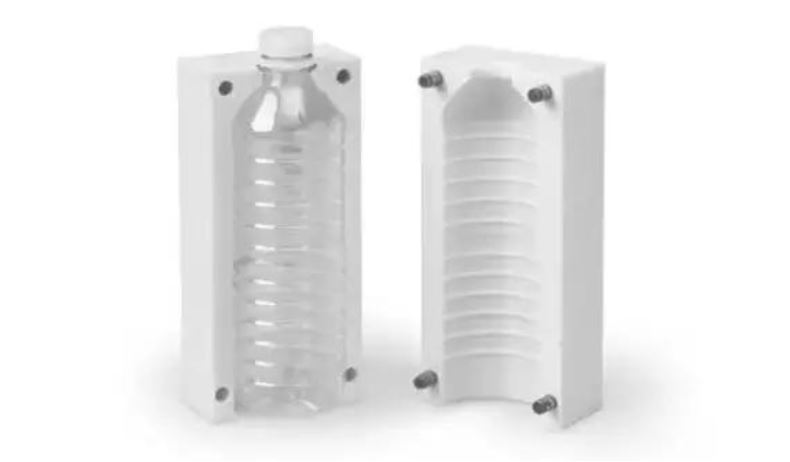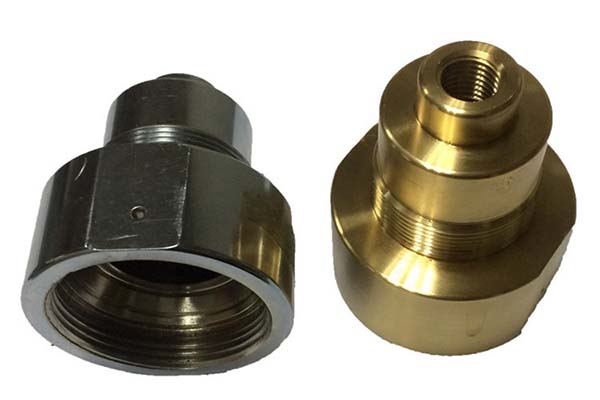Understanding Plastic Prototyping
Plastic prototyping is the initial stage in the creation of a plastic product, where a preliminary model is crafted to test and validate the design concept. This process is not just about making a simple mock - up; it is a complex and crucial step in product development.
What is Plastic Prototyping?
Plastic prototyping involves using various techniques such as 3D printing, injection molding, or CNC machining to create a prototype. For instance, in 3D printing, layers of plastic material are precisely deposited according to a digital 3D model. This allows for the creation of highly detailed and complex shapes that might be challenging to achieve with traditional manufacturing methods. Injection molding, on the other hand, is ideal for producing prototypes with smooth surfaces and high - volume production feasibility in mind. It involves injecting molten plastic into a mold cavity, which then cools and solidifies into the desired shape.
The Key Role in Product Development
- Design Validation: Before mass - production, a plastic prototype serves as a tangible representation of the final product. Designers and engineers can physically examine the prototype, checking for form, fit, and function. For example, if developing a new smartphone case, the prototype can be tested to ensure it fits the phone perfectly, buttons are easily accessible, and the overall aesthetics are appealing.
- Cost - Effective Problem - Solving: Making changes to a product design during the prototyping phase is far more cost - effective than making them during mass production. According to industry statistics, approximately 80% of product - related problems can be identified and resolved during prototyping, saving up to 50% of the overall product development cost.
- Market Testing: A well - made plastic prototype can be presented to potential customers or investors early in the development process. Their feedback can help in refining the product to better meet market demands. For example, a startup developing a new kitchen gadget can use a prototype to gather feedback at trade shows, which can then be used to improve the design before full - scale production.
Key Services Offered by a Plastic Prototyping Company
Design and Concept Development
A professional plastic prototyping company plays a crucial role in the design and concept development phase. They work closely with clients, starting from the initial brainstorming sessions. Using advanced design software such as SolidWorks, CATIA, and AutoCAD, the company's design team can translate even the most abstract ideas into detailed 3D models.
For example, when a client had an idea for a new, ergonomic office chair, the plastic prototyping company first held in - depth discussions to understand the client's vision, including the desired aesthetics, functionality, and target market. Then, the design team used SolidWorks to create a 3D model. This model allowed for easy visualization of the chair from different angles, and enabled the client to provide feedback on aspects like the shape of the seat, the height of the backrest, and the design of the armrests. After several rounds of revisions based on the client's input, a final design was finalized, ready for the next stage of prototyping.
Material Selection
Choosing the right plastic material is vital as it can significantly impact the performance, durability, and cost of the final product. Different plastic materials have unique properties, making them suitable for specific applications. Here is a comparison of some common plastic materials:
| Plastic Material | Key Properties | Typical Applications |
| Acrylonitrile Butadiene Styrene (ABS) | High impact resistance, good mechanical properties, easy to machine and color. | Electronic housings (like laptops and gaming consoles), toys, automotive interior parts. |
| Polyethylene (PE) | Low cost, chemical resistance, good flexibility. | Packaging (plastic bags, bottles), pipes, toys. |
| Polypropylene (PP) | High heat resistance, good chemical resistance, lightweight. | Food containers, automotive parts, medical devices. |
| Polystyrene (PS) | Transparency, rigidity, low cost. | Disposable cutlery, CD cases, packaging foam. |
| Polycarbonate (PC) | Exceptional impact resistance, high heat resistance, optical clarity. | Safety goggles, automotive headlights, electronic device screens. |
A plastic prototyping company has the expertise to guide clients in selecting the most appropriate material based on their product requirements. For instance, if a client is developing a product that will be exposed to high temperatures, such as a coffee maker component, the company may recommend polypropylene or polycarbonate due to their heat - resistant properties.
Prototyping Techniques
- 3D Printing:
- Advantages: It offers high design freedom, allowing for the creation of complex geometries that are difficult to achieve with traditional methods. It is also relatively fast, especially for small - scale prototypes. For example, a product designer can get a 3D - printed prototype of a new smartphone accessory within a day or two. Additionally, it has a low setup cost, making it ideal for rapid prototyping and design iterations.
- Disadvantages: The surface finish may not be as smooth as that of injection - molded parts in some cases. The strength of the printed parts may also be lower compared to parts made by other techniques, and the material options are more limited compared to injection molding.
- Injection Molding:
- Advantages: It is suitable for high - volume production, with the ability to produce large numbers of identical parts with high precision and a consistent surface finish. The parts produced by injection molding also tend to have high strength and durability. For example, most plastic water bottles are made through injection molding.
- Disadvantages: It has a high initial setup cost, as expensive molds need to be created. The lead - time for mold making can be long, and it is less flexible for rapid design changes compared to 3D printing, since any change in design may require a new mold to be made.
- CNC Machining:
- Advantages: It can achieve high precision and a very good surface finish. It is suitable for producing prototypes from a wide range of plastic materials. CNC - machined parts also have good mechanical properties.
- Disadvantages: It can be time - consuming, especially for complex shapes, and the material waste can be relatively high compared to additive manufacturing methods like 3D printing. The cost per part can also be high for small - volume production.
Yigu Technology's View
As a non - standard plastic and metal products custom supplier, Yigu Technology deeply understands the significance of collaborating with a plastic prototyping company. In our experience, this cooperation is the cornerstone of product innovation and quality enhancement.
Collaborating with a plastic prototyping company allows us to integrate our expertise in custom - made products with their advanced prototyping techniques. This synergy enables us to quickly transform initial product concepts into tangible prototypes. For example, when developing a unique plastic - metal composite part for a high - end electronic device, the plastic prototyping company's 3D printing technology helped us rapidly create a prototype for design validation. This not only saved time but also reduced the cost of making design changes at a later stage.
Moreover, the plastic prototyping company's material knowledge and design capabilities complement our production - oriented skills. Together, we can optimize product designs to ensure they are not only functional but also cost - effective to manufacture. This collaborative approach ultimately leads to higher - quality end - products that better meet the needs of our customers in various industries.
FAQ
Q1: How long does it usually take to get a plastic prototype?
Typically, for a simple 3D - printed plastic prototype, it can take anywhere from a few hours to a couple of days, depending on the complexity of the design and the size of the prototype. For injection - molded prototypes, the process usually takes longer. The mold - making stage alone can take 2 - 4 weeks, and after that, the actual injection - molding and finishing processes may take another 1 - 2 weeks. Factors that can affect the time include the complexity of the design, the availability of materials, and the workload of the plastic prototyping company.
Q2: What types of plastics are most commonly used in prototyping?
The most commonly used plastics in prototyping are Acrylonitrile Butadiene Styrene (ABS), Polyethylene (PE), Polypropylene (PP), Polystyrene (PS), and Polycarbonate (PC). ABS has high impact resistance and good mechanical properties, making it suitable for electronic housings and toys. PE is known for its low cost and chemical resistance, often used in packaging and pipes. PP has high heat resistance and is lightweight, used in food containers and automotive parts. PS is transparent, rigid, and low - cost, suitable for disposable cutlery and CD cases. PC offers exceptional impact resistance and high heat resistance, commonly used in safety goggles and automotive headlights.
Q3: Can a plastic prototyping company help with design changes during the process?
Yes, most plastic prototyping companies can assist with design changes during the prototyping process. When a client requests a design change, the company's design team will first assess the impact of the change on the overall product. If it's a minor change, such as adjusting the dimensions slightly, it can usually be done quickly. For more significant changes, like modifying the overall structure, the design team may need to create a new 3D model, which may require additional time. The company will then recalculate the material requirements, production costs, and the timeline for the new prototype. After the client approves the new design, the company will proceed with creating the updated prototype.
